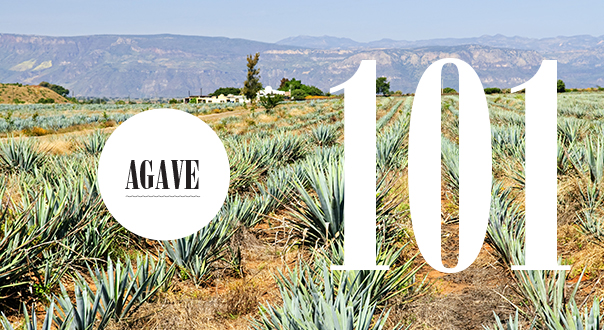
This month the biggest gathering of tequila and mezcal lovers ever to hit the southern hemisphere will take place. Agave Love is on in Sydney March 22 and March 23, and in case you’re a newcomer to tequila and mezcal (and their friends), or even if your agave knowledge is a little dusty (perhaps from an overabundance of the good stuff) we’ve got a handy reference guide that will bring you up to speed, so you can get the most out of those two days. Fair warning though — there’s no primer on tequila and mezcal better than drinking your way through a bunch of it (responsibly, of course).
What is tequila?
It’s a distilled beverage made under the control of the Mexican CRT (Tequila Regulatory Council), made from at least 51 per cent blue agave plant sugars, and an ABV between 35 and 55 per cent.
100% Agave: This is tequila, but is different from above in that it is required to be made from 100 per cent blue agave sugars, with an ABV between 35 and 55 per cent.
Blanco: white unaged spirit bottled after distillation or aged for a maximum of eight weeks.
Reposado: “Rested” tequila — aged for a minimum of two months and less than one year in oak barrels.
Anejo: “Aged” tequila — aged for more than one year and less than three years in barrels no larger than 600 litres.
Extra Anejo: aged for more than three years (with no maximum age) in oak barrels no bigger than 600 litres.
What is mezcal?
Mezcal is, much like tequila, a spirit made from the agave. The difference is, whereas tequila must be made with at 51 percent blue agave, the types of agave used for mezcal production are far more numerous. Mezcal is produced in a number of Mexican states, chief among them Oaxaca, but also in Durango, Guerrero, Oaxaca, San Luis Potosi, Zacatecas, Guanajuato and Tamaulipas. Espadin is the variety of agave most often used, but there are 30 different varieties allowed to be used under the mezcal denomination.
How are tequila and mezcal made?
First, the agaves are harvested. It can take anywhere from eight to 15 years for certain agaves to mature.
Second, the agaves are roasted (in the case of mezcal) or steamed (in the case of tequila).
Third, the agaves are crushed to extract the sweet juice, called aguamiel.
Fourth comes fermentation, using wild yeasts (often in the case of mezcal) or proprietary yeast strains.
Fifth, the wash is distilled. Pot stills are used for mezcal and tequila but some distilleries use column stills.
What is the agave crisis?
Because of the popularity of tequila, and the growing demand for mezcal, some bartenders and tequila aficionados are concerned that there is an agave crisis looming.
We heard from Texan Bobby Heugel last year about why there could be a crisis. We reckon he explained it best:
“Agave spirits are made from plants that don’t have annual growth cycles, and the quality of the plants has a greater impact on the distillate than arguably any other spirit. When global spirit companies market tequila with the same aggressive strategies they use for a vodka brand that only requires more grain to be planted the following year, it causes increased pressures on an agricultural crop from a limited geographic region. The result is cyclical agave shortages, the abandonment of genetic diversity, and rampant disease among agave crops. Several independent researchers are concerned that the Blue Weber species of agave will never recover as a result of the global tequila market’s pressures. Agave spirits aren’t meant to be sold at $15 a bottle to the entire world. The math doesn’t add up, and as a result, there are dire consequences.”
There’s a thing called a diffusor…
There’s been a lot of debate recently about the practice of using diffusors when making tequila. What is a diffusor?
A diffusor is one means of extracting sugars from the fibres of the harvested agave. The diffusor, according to Sydney bartender and agave aficionado, Reece Griffiths, “takes raw shredded agaves and washes them with hot, high pressure water, often with chemicals to strip sugars,” from the agave. He says this means “ there is no window for minimising or removing bitter elements during cooking.”
Crushing the agave with the traditional tahona — a wheel which is large, heavy, and often made of stone — removes less of the bitter components from the agave. The problem is, it is far less efficient at extracting the sugars from the agave, and it’s the sugars you need to ferment and make tequila.
Summed up, it’s basically an argument between efficiency and flavour.

